RP1 Setup Guide
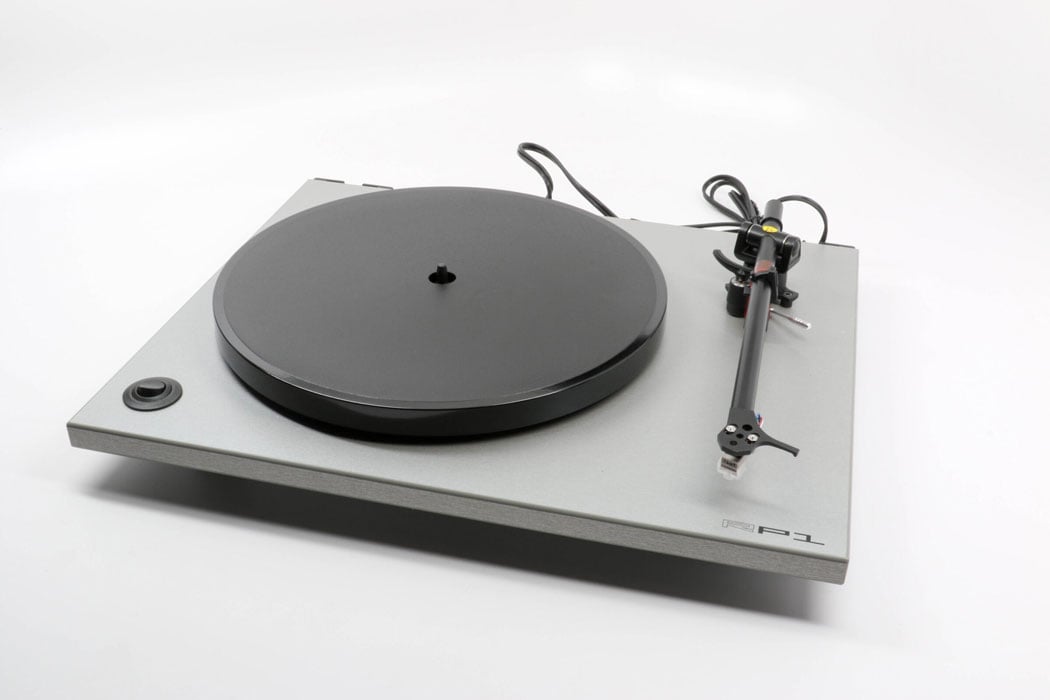
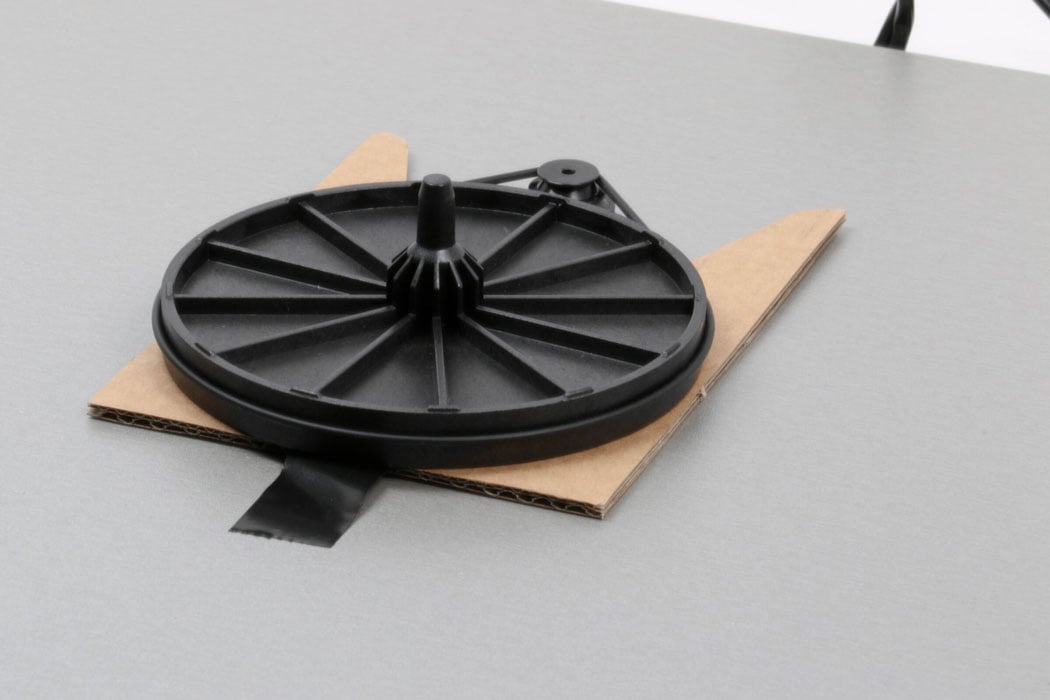
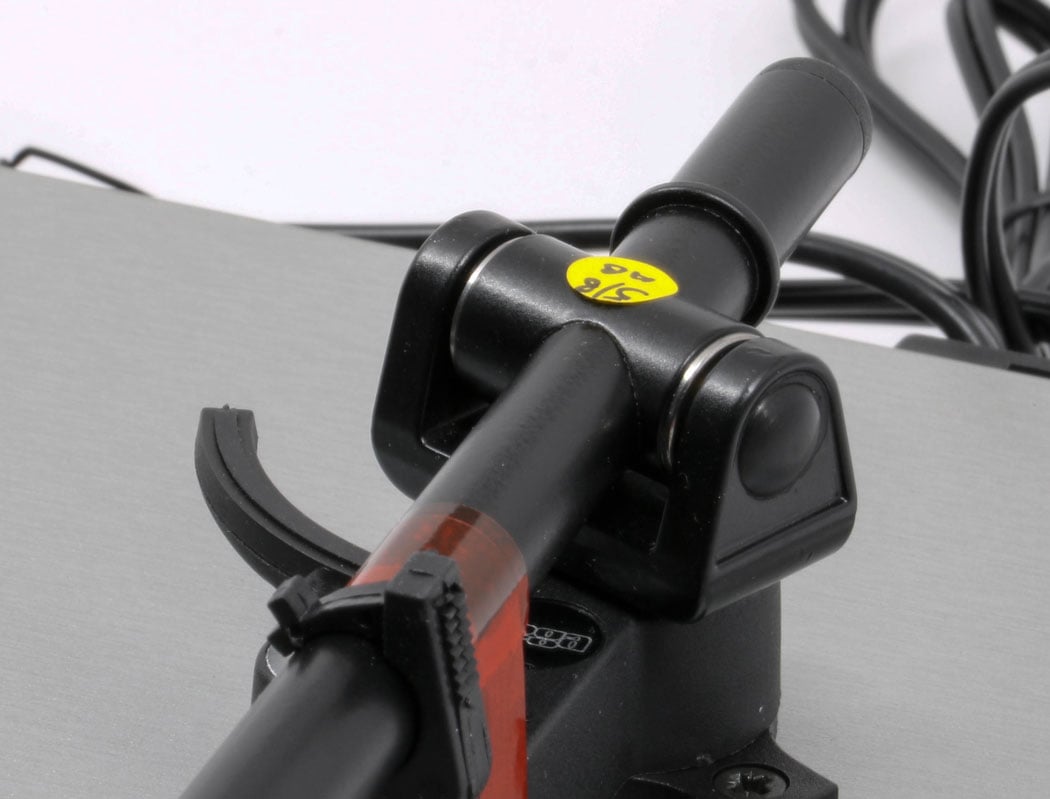
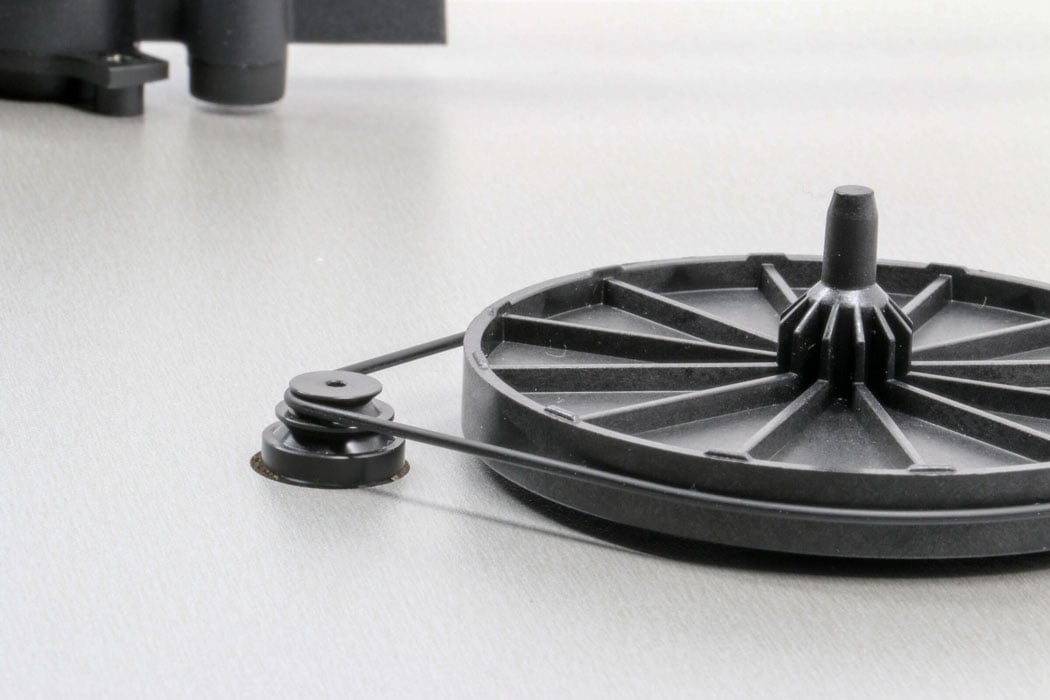
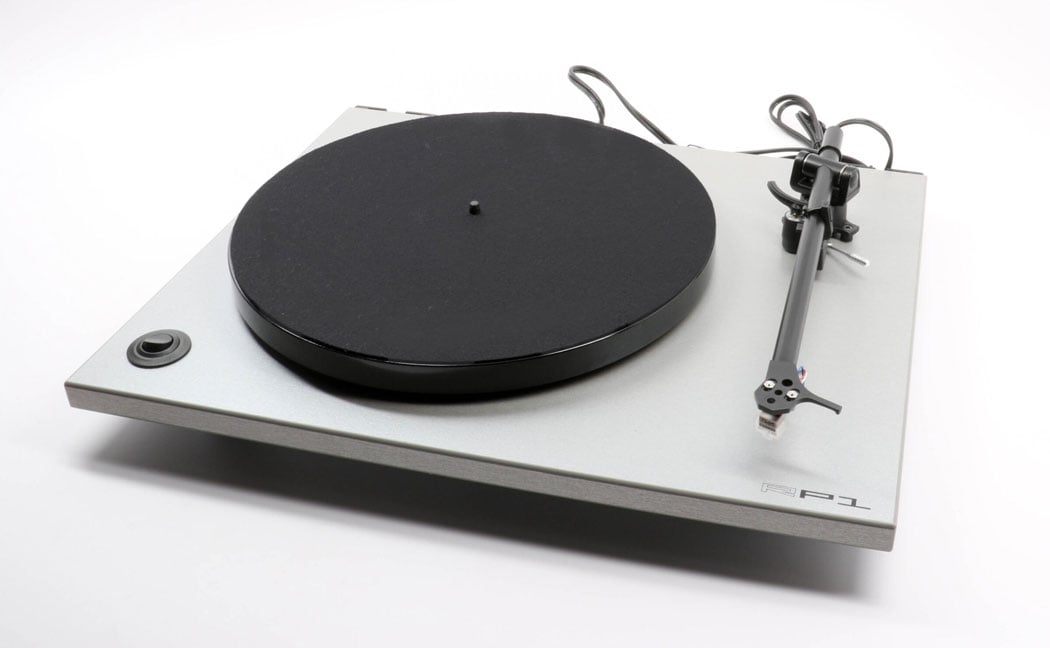
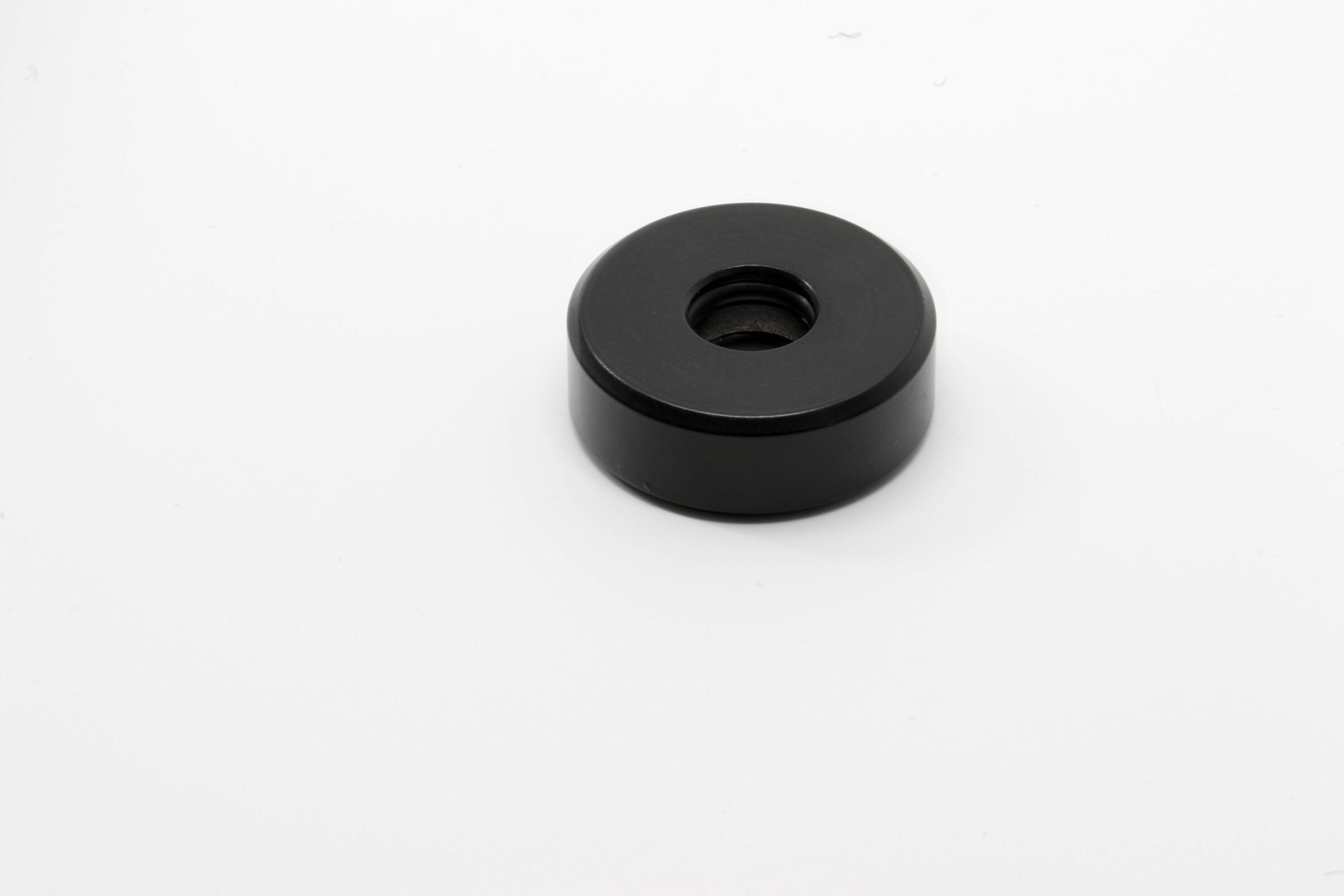
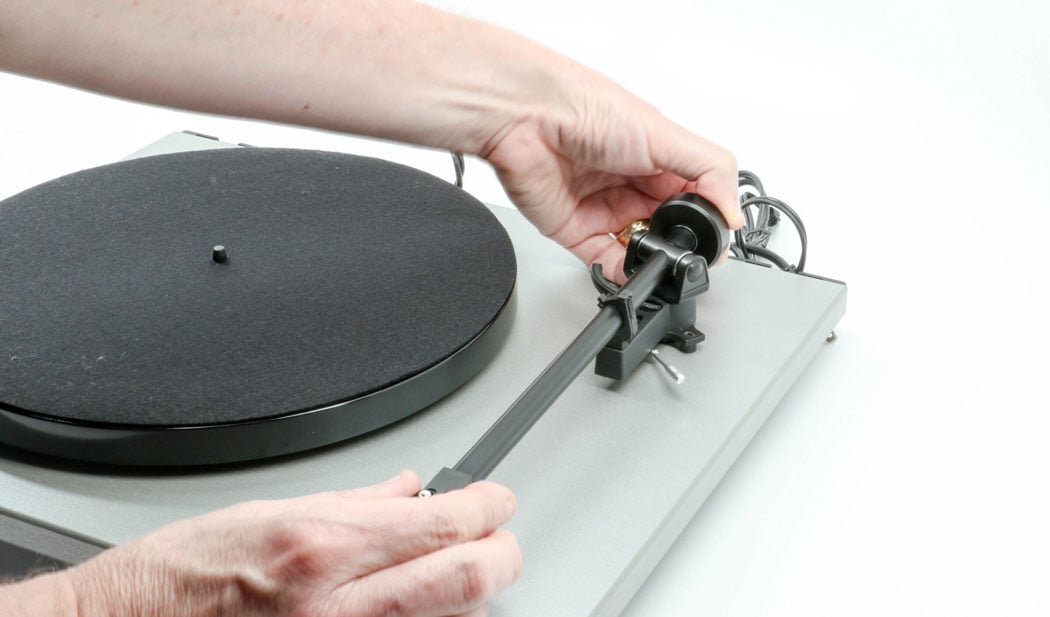
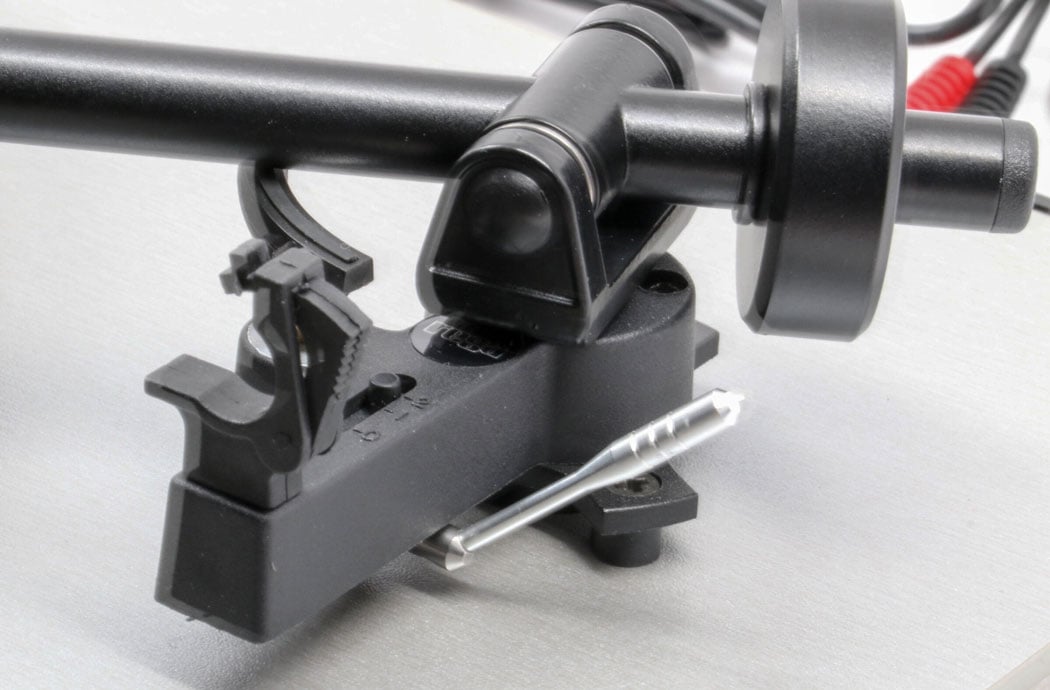
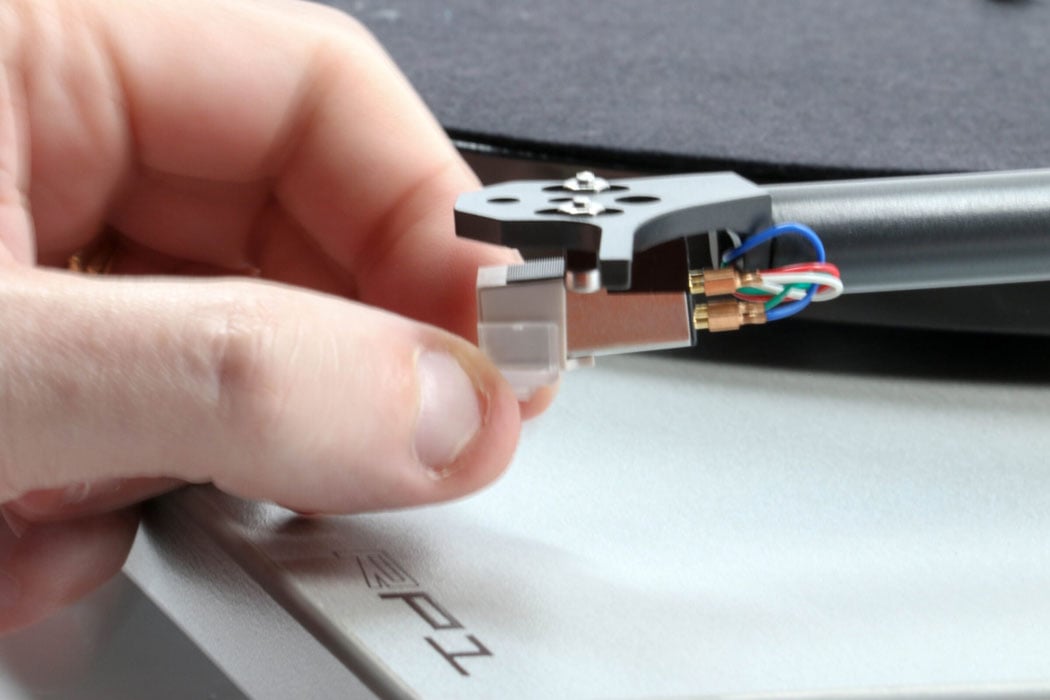
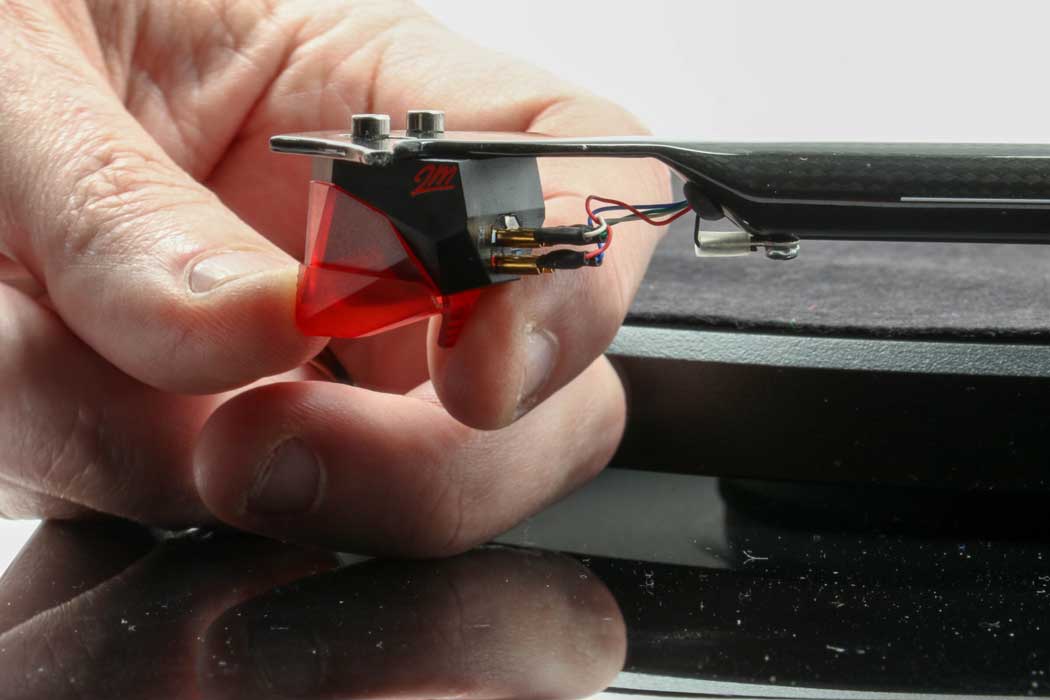
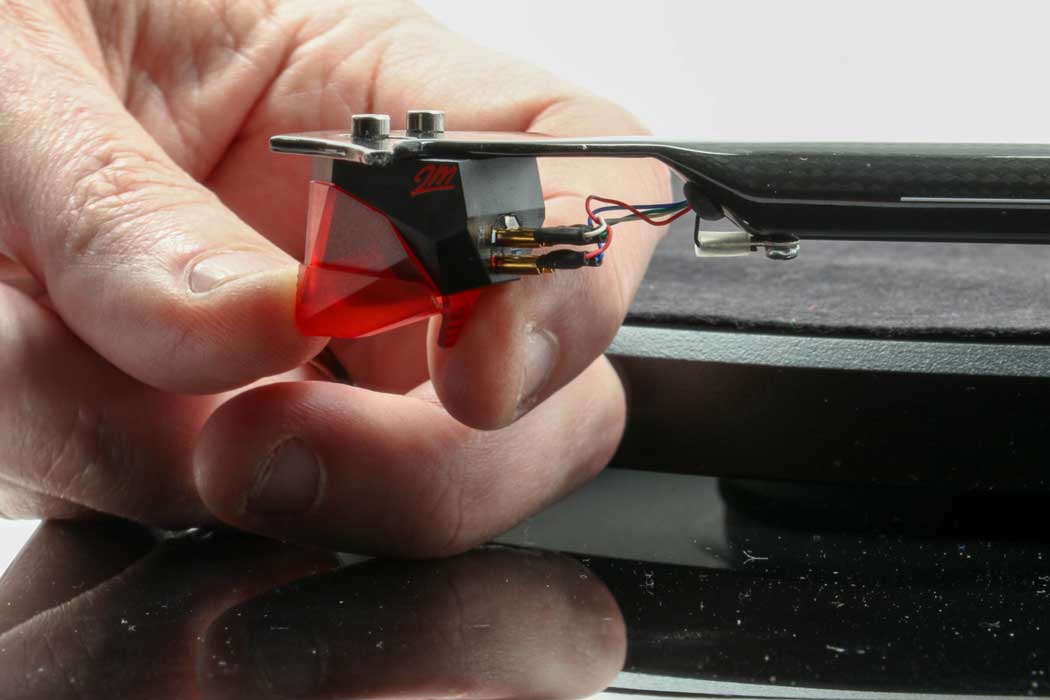
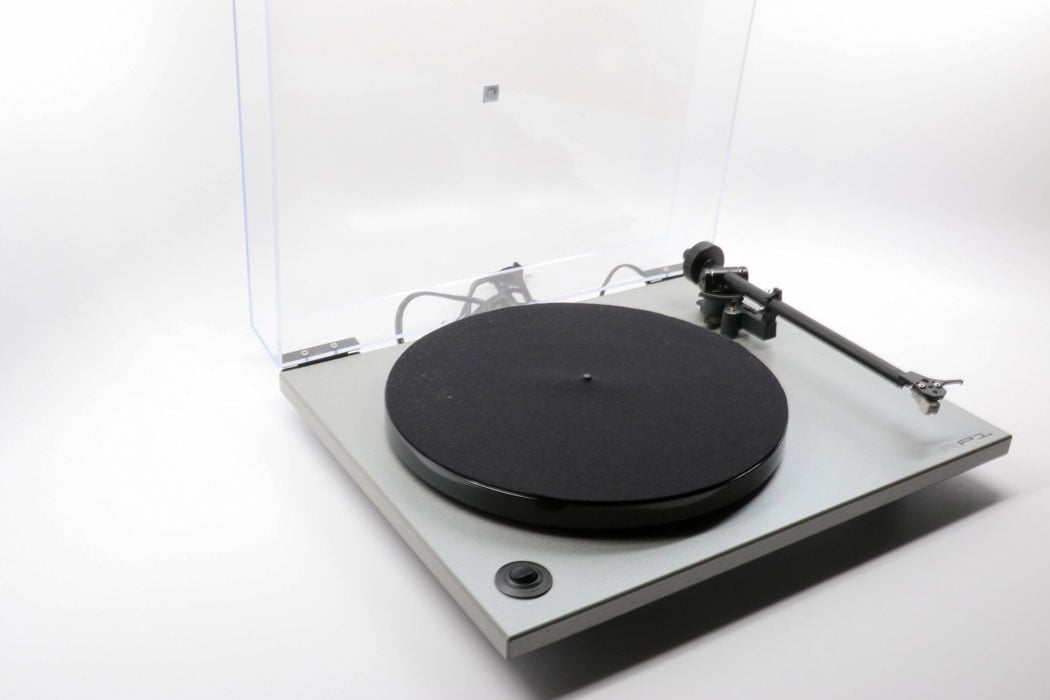
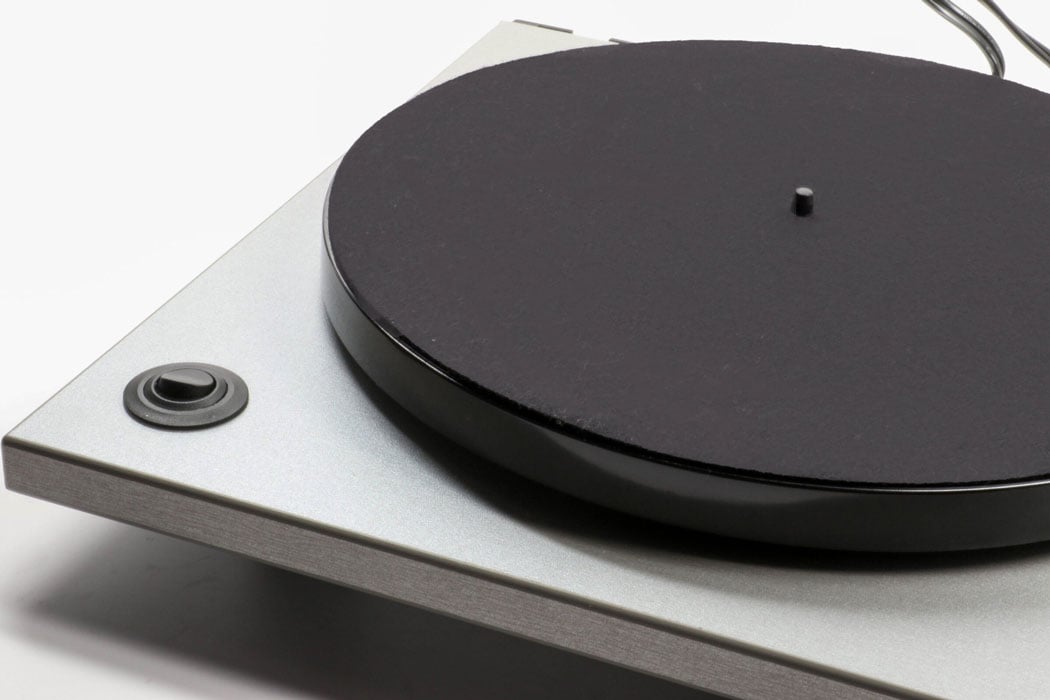
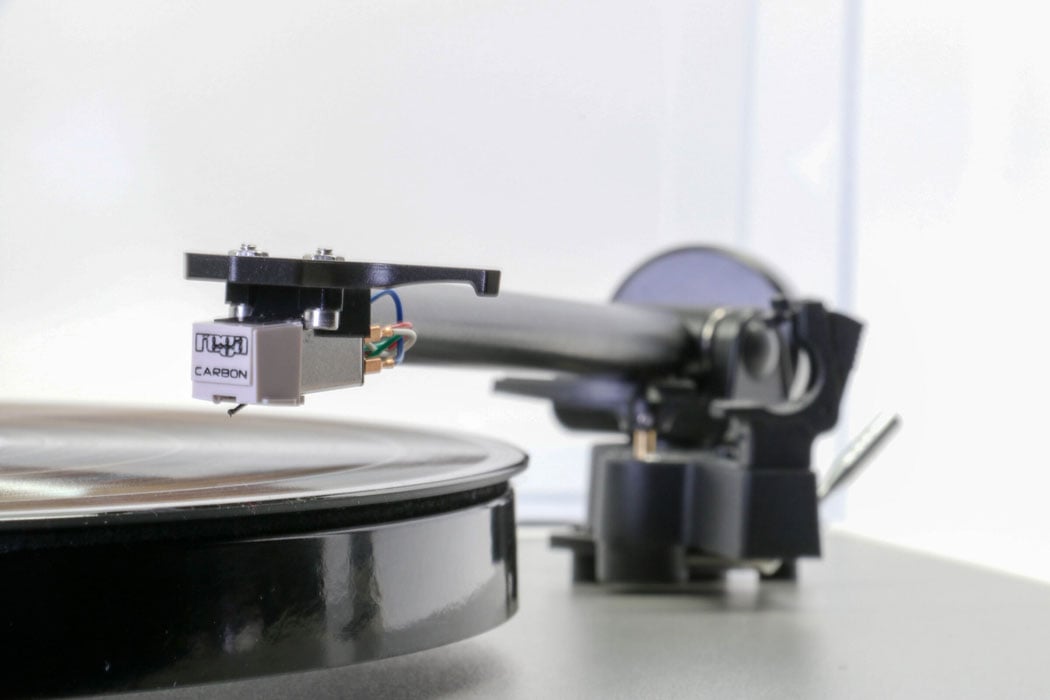
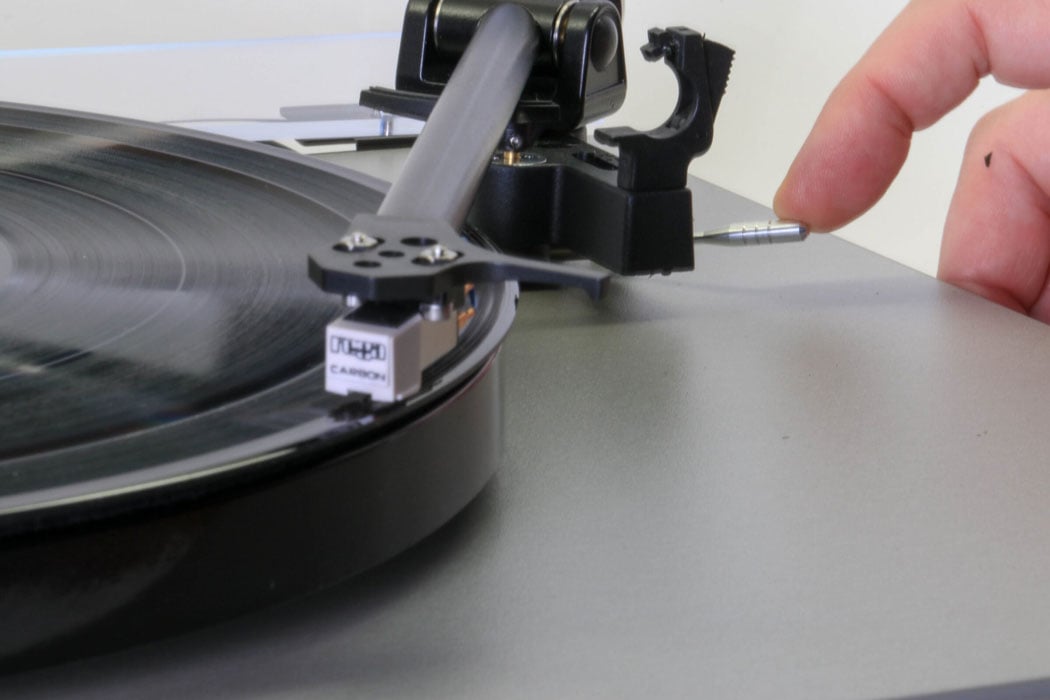
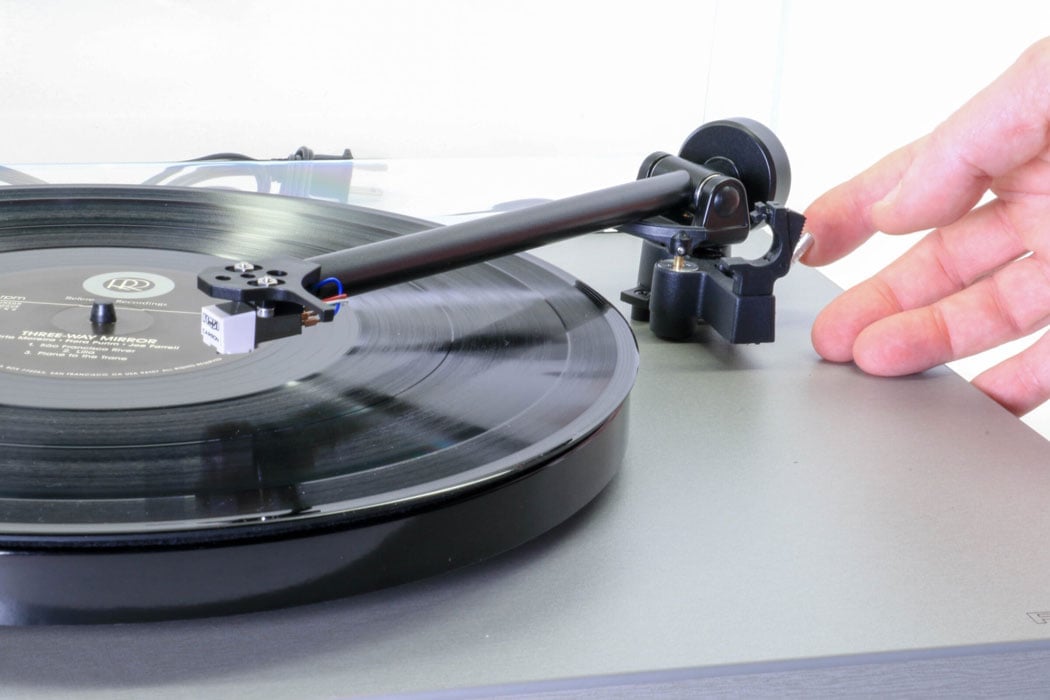
 Home Theater
Show links
Home Theater
Show links
 Speakers
Show links
Speakers
Show links
 Components
Show links
Components
Show links
 TVs & Projectors
Show links
TVs & Projectors
Show links
 Seating & Furniture
Show links
Seating & Furniture
Show links
 Acoustic Treatments
Show links
Acoustic Treatments
Show links
 Cables & Accessories
Show links
Cables & Accessories
Show links
 Featured & Deals
Show links
Featured & Deals
Show links
 Home Audio
Show links
Home Audio
Show links
 Speakers
Show links
Speakers
Show links
 Components
Show links
Components
Show links
 Cables & Accessories
Show links
Cables & Accessories
Show links
 Outdoor Entertainment
Show links
Outdoor Entertainment
Show links
 Acoustic Treatments
Show links
Acoustic Treatments
Show links
 Featured & Deals
Show links
Featured & Deals
Show links
 Turntables
Show links
Turntables
Show links
 Turntables
Show links
Turntables
Show links
 Phono Cartridges
Show links
Phono Cartridges
Show links
 Phono Preamps
Show links
Phono Preamps
Show links
 Record Cleaning & Care
Show links
Record Cleaning & Care
Show links
 Isolation Systems
Isolation Systems
 Cables & Accessories
Show links
Cables & Accessories
Show links
 Featured & Deals
Show links
Featured & Deals
Show links
 Headphones
Show links
Headphones
Show links
 Headphones
Show links
Headphones
Show links
 Headphone Amps & DACs
Show links
Headphone Amps & DACs
Show links
 Featured & Deals
Show links
Featured & Deals
Show links
 Smart Home
Show links
Smart Home
Show links
 Deals
Show links
Deals
Show links

The Rega RP1 is an innovation in design and sound quality at an affordable price point. Setup is designed to be simple and removes the need to manually balance the tonearm. The clean lines eliminate unnecessary clutter while the high stability motor reduces noise. For the beginner audiophile, the Rega RP1 sets itself apart as a fairly-priced, quality turntable.
It is important for the platform to be level so the turntable will properly track your records. Avoid placing the turntable in front of your speakers or on the same surface your speakers are sitting, particularly if they produce deep bass tones.


The yellow sticker details when the turntable was inspected.

Spin the inner platter to center the belt. The top pulley is 33. The bottom pulley is 45. To switch from 33 to 45 you simply lift off the platter and move the belt.

Put the felt mat on top of the platter.

Turn it on the shaft until it is all the way against the back of the tonearm. The RP1 is set up so when you have the weight all the way against the back of the arm the proper tracking force is set for the included Rega cartridge.


Slide the rod until it lines up with the number 2. When you are done your tonearm should look like the picture below.

It is a good idea to save your stylus guard should you need to move your turntable.
Note: there is a small chance you might pull the stylus off the cartridge while you are taking the guard off. If you to, simply hook the rear section into the bottom back of the cartridge body, lift it up, then push until you feel a small click.

You will need a phono stage to play your turntable. The red cable goes into the right channel input, and the black goes into the left channel input.

The numbers on the dial should be facing the front of the tonearm. Turn the whole weight until its towards the middle of the rod.

They will fit into the back slots. The dust cover can be removed by lifting the hinges out.

Switch it on to power the table.



Or better yet, play another record!

Should you ever need to transport your turntable more than across the room, it’s a good idea to remove the platter and lock the tonearm down with a twisty tie. You might also consider placing the stylus guard back on.
You'll be among the first to know about product launches, exclusive online deals, and the hottest audio trends.
8621 Glenwood Ave
Raleigh, NC 27617
919.881.2005
11409 Carolina Place Pkwy
Pineville, NC 28134
704.821.4510
5732 Oleander Drive
Wilmington, NC 28403
910.392.1200
support@audioadvice.com
888.899.8776
